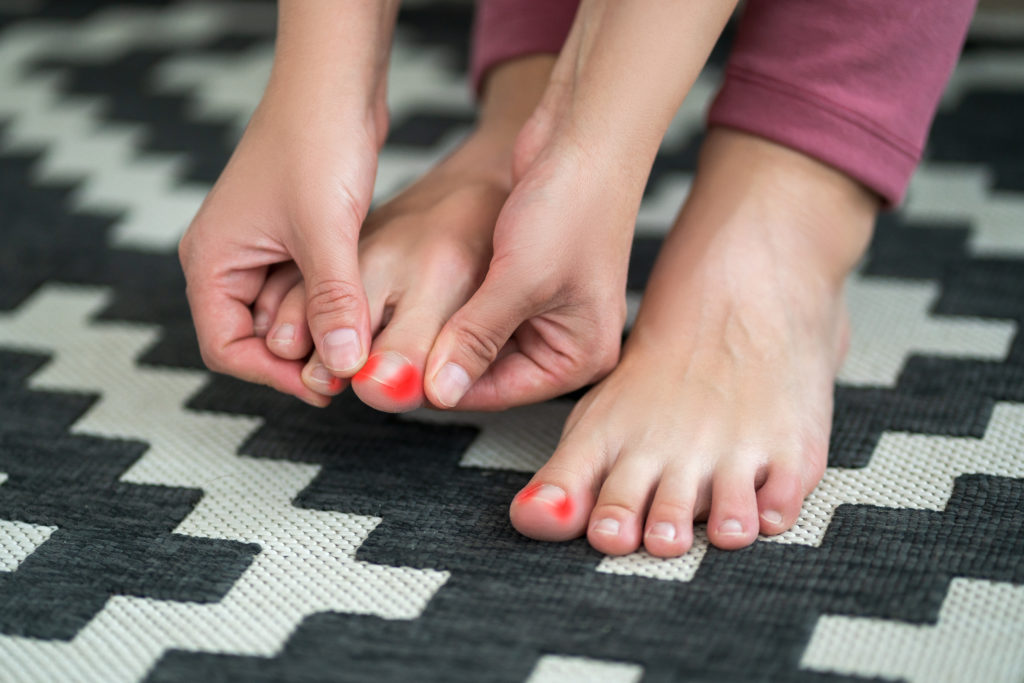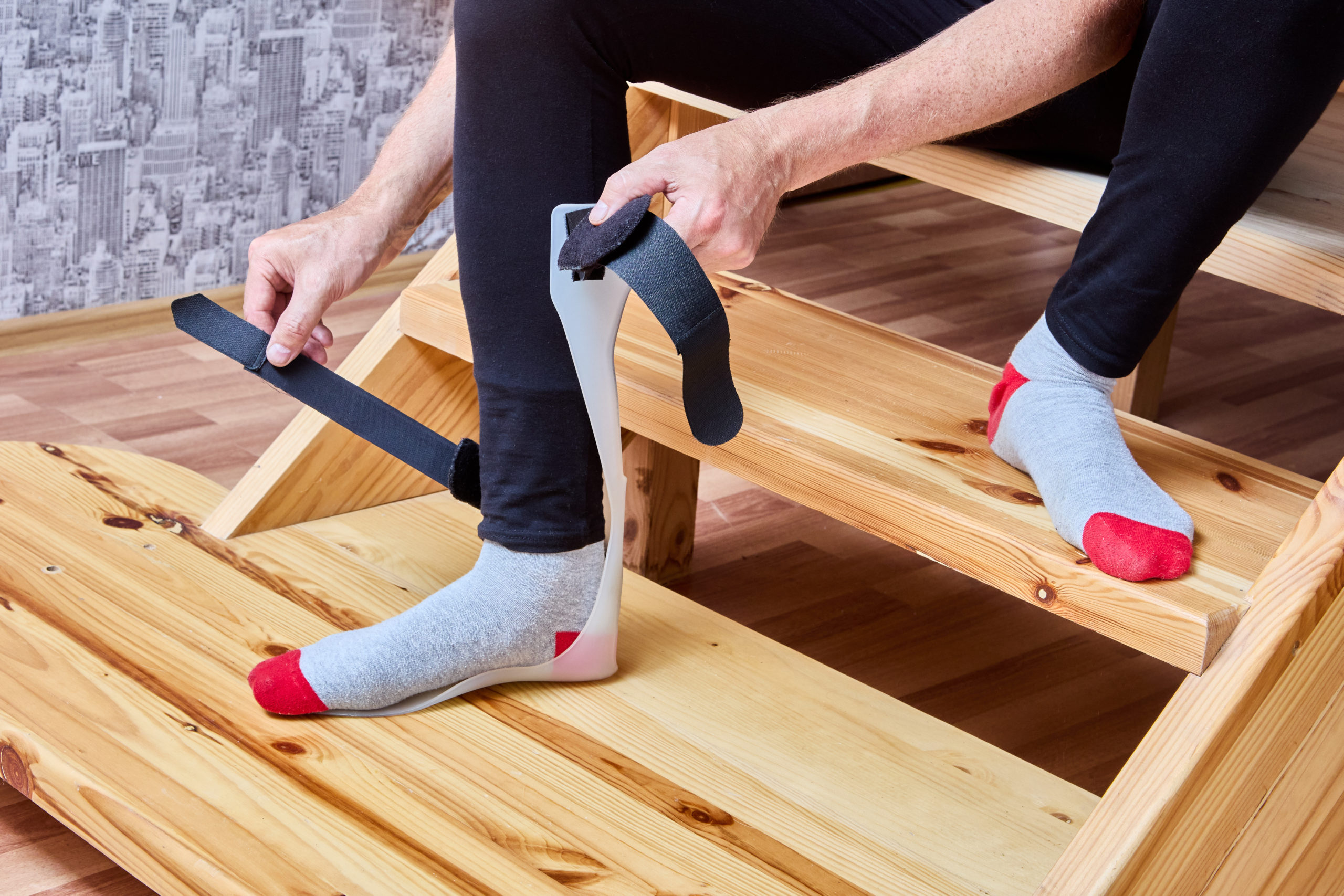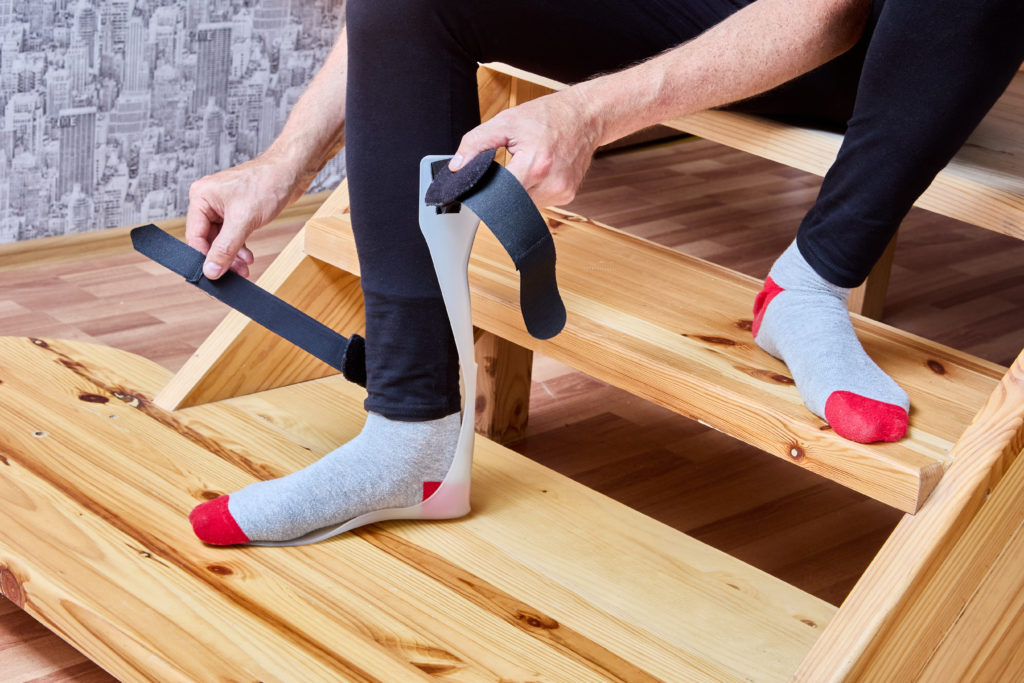Having warts on the bottom of the feet that won’t go away is a frustrating, ongoing problem that can last months or even years. They can make walking unpleasant but also painful. While many people are told that they should just wait for the wart to go away on its own, or to use padding in the meantime that only ever provides a little temporary relief, the reality is that when left untreated, warts can stick around for a very long time.
What are plantar warts and how are they caused?
Plantar warts are small, rough, round growths that are medically known as verrucae and present on the bottom of the foot. They’re caused by a virus called the Human Papilloma Virus (HPV) in the outer skin layer and are often contracted in childhood. Once you’ve contracted the virus, you’ll always have it in your system, so plantar warts may pop up spontaneously throughout your lifetime. Read more






